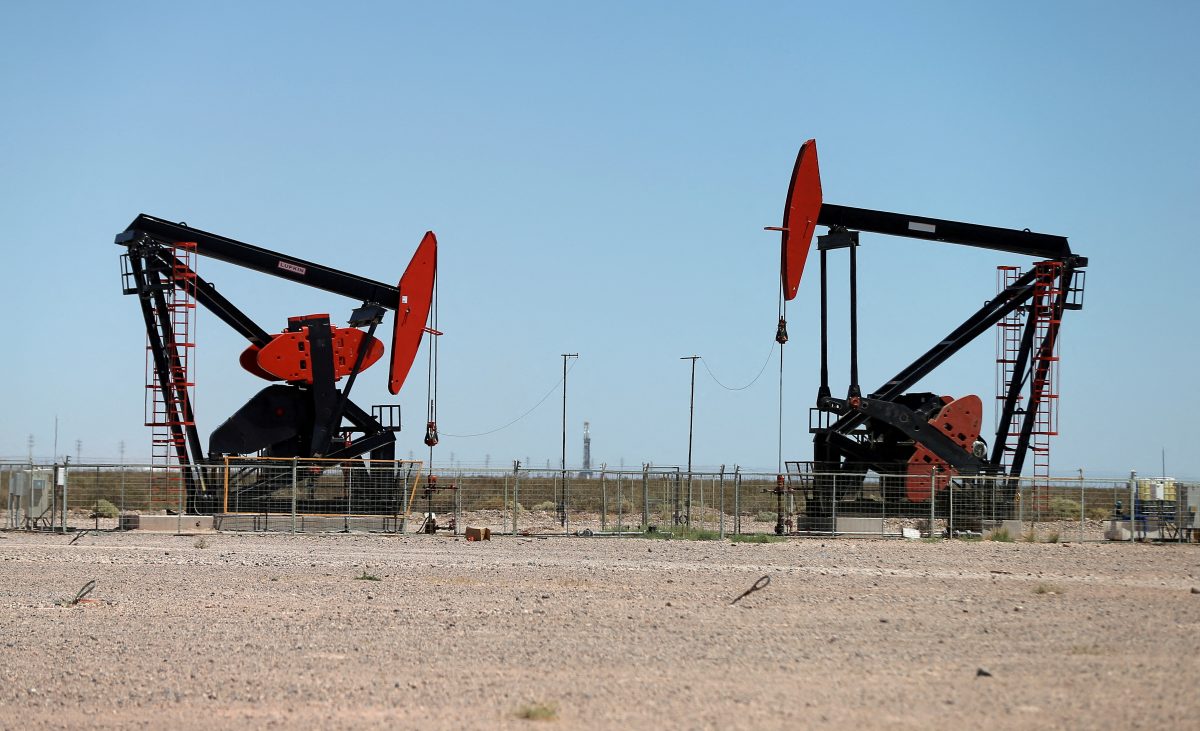LONDON, (Reuters) – Oil prices that rallied 50% in 2021 will power further ahead this year, analysts predict, saying a lack of production capacity and limited investment in the sector could lift crude above $100 a barrel.
Though the Omicron coronavirus variant has pushed COVID-19 cases far above peaks hit last year, analysts say oil prices will be supported by the reluctance of many governments to restore the strict restrictions that hammered the global economy when the pandemic took hold in 2020.
Brent crude futures traded above $84 on Wednesday, hitting two-month highs.
“Assuming China doesn’t suffer a sharp slowdown, that Omicron actually becomes Omi-gone, and with OPEC+’s ability to raise production clearly limited, I see no reason why Brent crude cannot move towards $100 in Q1, possibly sooner,” said Jeffrey Halley, senior market analyst at OANDA.
The Organization of the Petroleum Exporting Countries (OPEC) and its allies, a group known as OPEC+, are gradually relaxing the output cuts implemented when demand collapsed in 2020.
However, many smaller producers can’t raise supply and others have been wary of pumping too much oil in case of renewed COVID-19 setbacks.
“We don’t want to see $100 a barrel. The world is not ready for that,” Omani Oil Minister Mohammed Al Rumhi was quoted as saying by Bloomberg on Tuesday.
Morgan Stanley predicts that Brent crude will hit $90 a barrel in the third quarter of this year.
With the prospect of depleting crude inventories and low spare capacity by the second half of 2022, and limited investments in the oil and gas sector, the market will have little margin of safety, the bank said.
Standard Chartered, meanwhile, has raised its 2022 Brent forecast by $8 to $75 a barrel and its 2023 Brent forecast by $17 to $77.
J.P. Morgan analysts also expects oil prices to rise as high as $90 by the end of the year.
Current demand strength is acting as a near-term tailwind, having proved largely immune to surging coronavirus infections, the bank said.

